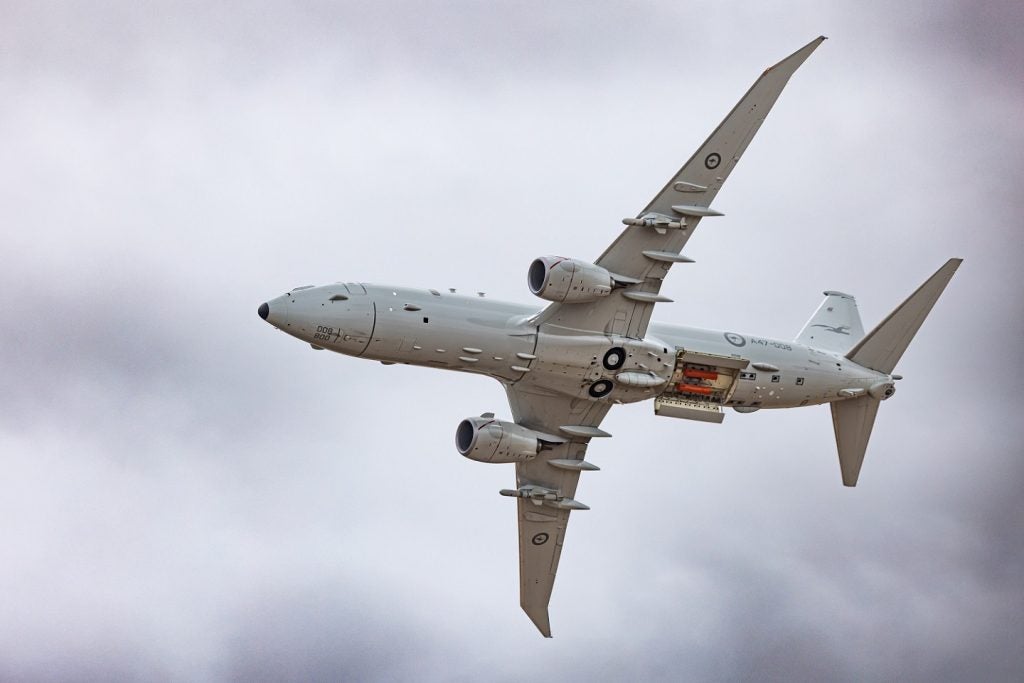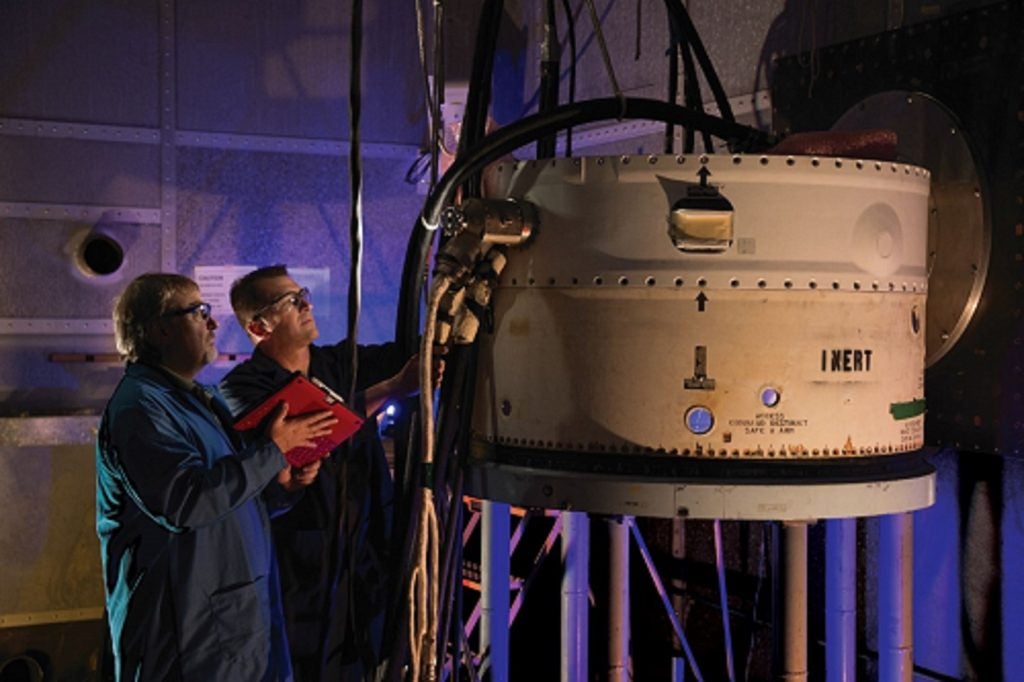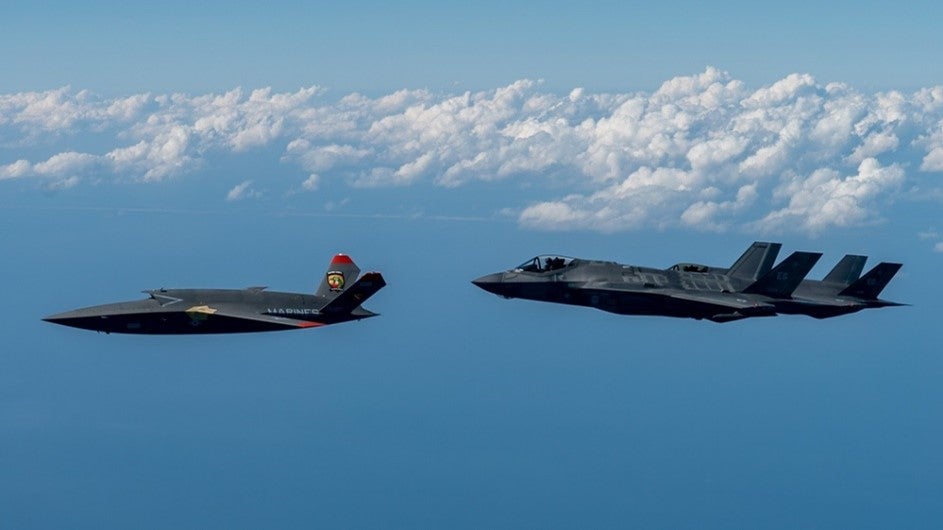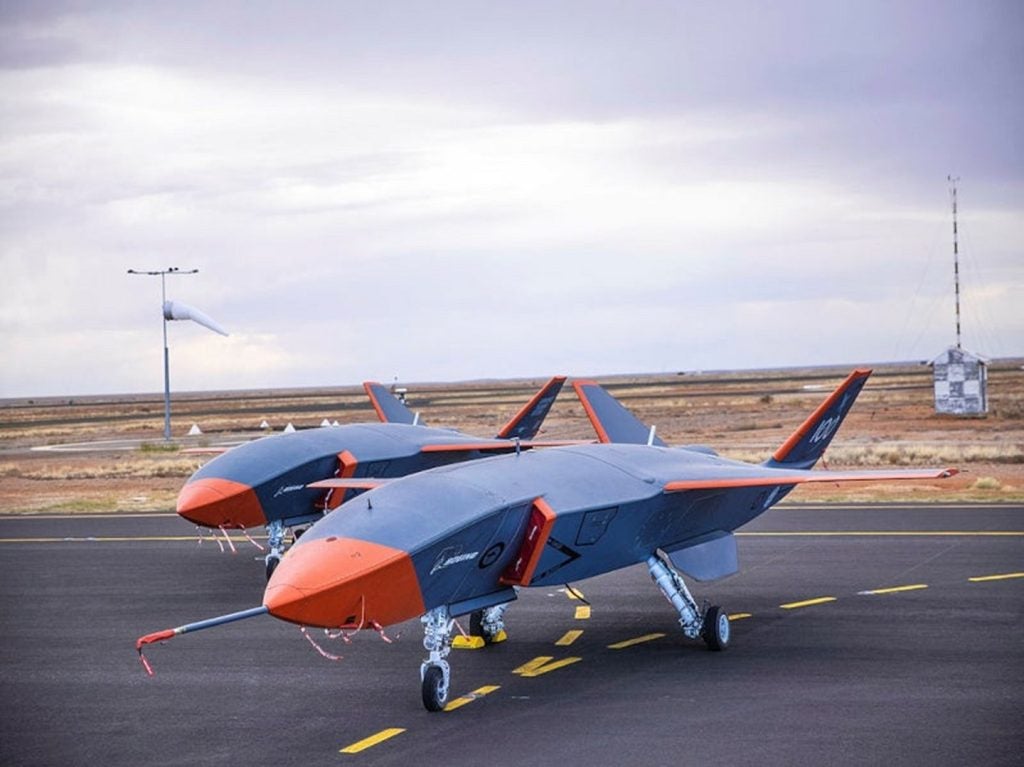Boeing has successfully demonstrated simultaneous command and control of three ScanEagle unmanned aircraft systems flying over the US.
The unmanned aircraft systems (UAS) where tested flying from a Royal Australian Air Force (RAAF) Wedgetail 737 airborne early warning and control (AEW&C) aircraft flying over Washington state.
Airborne operators where able to issue Nato-standard sensor and air-vehicle commands via a UHF satellite communication link and ground-station relay using the company’s UAS battle-management software.
Boeing associate technical fellow for unmanned vehicle control systems, Pierce Lutter said that this would have been a major event even if it had been accomplished in a laboratory using surrogates.
“As it was we used currently fielded platforms and systems in a real-world setting to demonstrate a new level of command-and-control capability for warfighters,” Lutter said.
See Also:
“Our standards-based UAS command / control system, which is based on commercial off-the-shelf architecture, allowed us to integrate UAS control into existing battle-management software.”
How well do you really know your competitors?
Access the most comprehensive Company Profiles on the market, powered by GlobalData. Save hours of research. Gain competitive edge.

Thank you!
Your download email will arrive shortly
Not ready to buy yet? Download a free sample
We are confident about the unique quality of our Company Profiles. However, we want you to make the most beneficial decision for your business, so we offer a free sample that you can download by submitting the below form
By GlobalDataThe three ScanEagles were launched from Boeing’s Boardman Test Facility in eastern Oregon, approximately 120 miles (190km) away from the airborne Wedgetail.
The aircraft where tasked with area search, reconnaissance, point surveillance and targeting. They demonstrated extended sensing; persistent intelligence, surveillance and reconnaissance (ISR); and manned-unmanned teaming and sent back real-time video imagery of ground targets.
The ScanEagle UAS carries inertially stabilised electro-optical and infrared cameras that allow the operator to track both stationary and moving targets. Capable of flying above 16,000ft and loitering over the battlefield for more than 24 hours, the 4ft-long (1.2m) platform provides persistent low-altitude ISR.
Boeing will conduct a follow-on demonstration of this capability for the Australian government in early May at RAAF Base Williamtown in New South Wales. A Wedgetail will take control of ScanEagles operated by Boeing Defence Australia personnel at Woomera Test Facility in South Australia, approximately 1,080 miles (1,730km) from Base Williamtown.
By Daniel Garrun.







